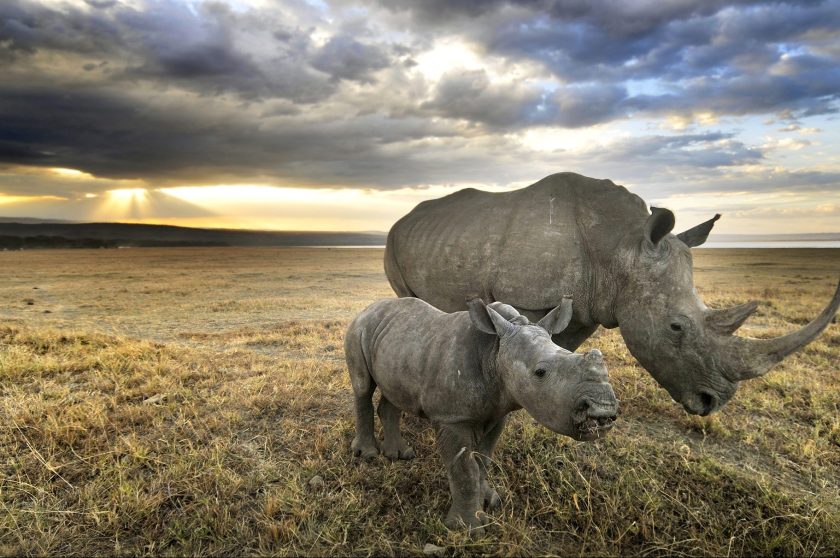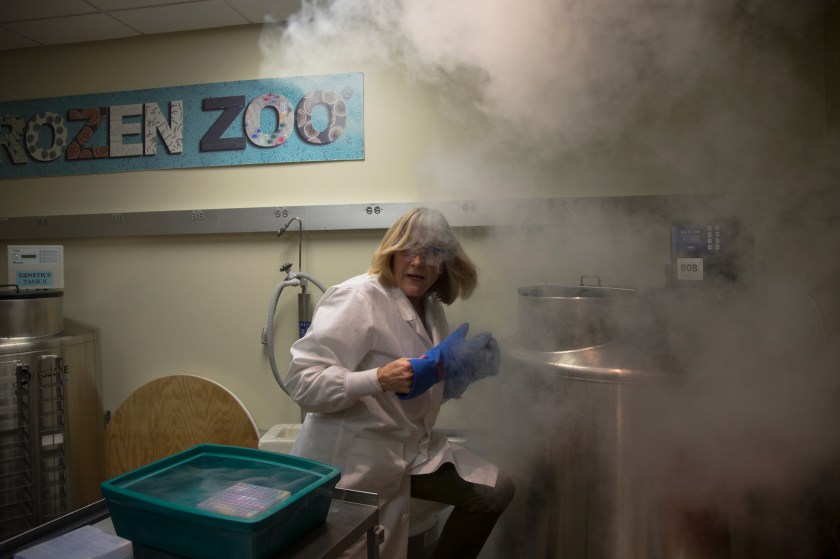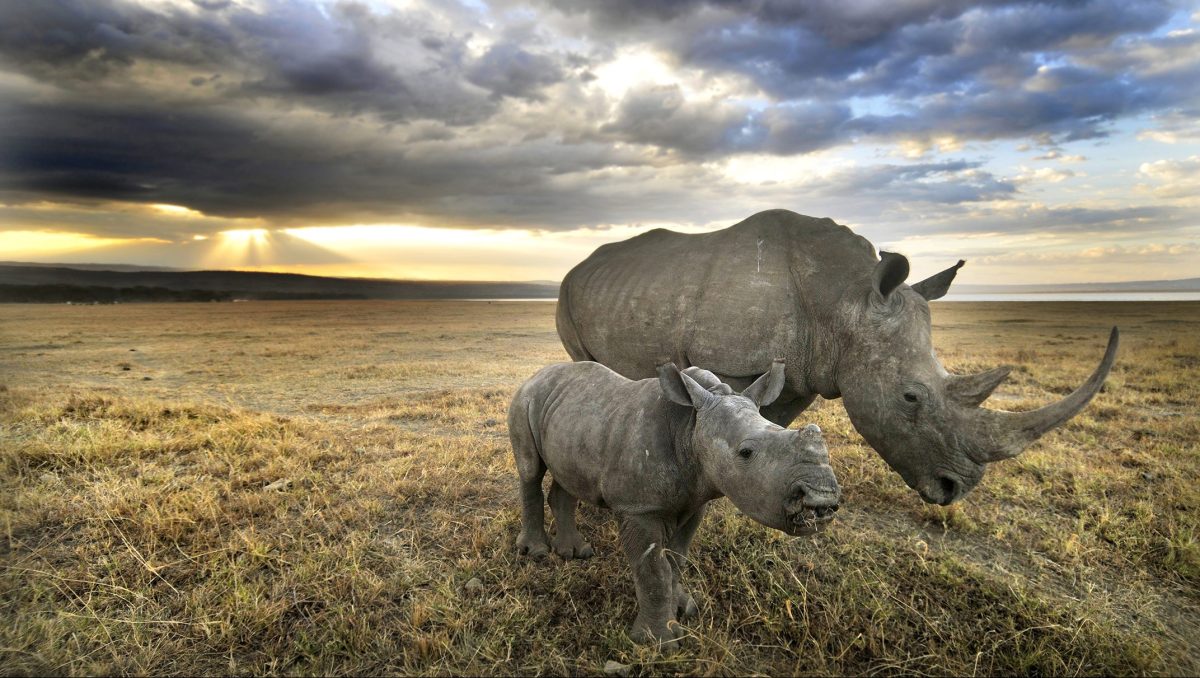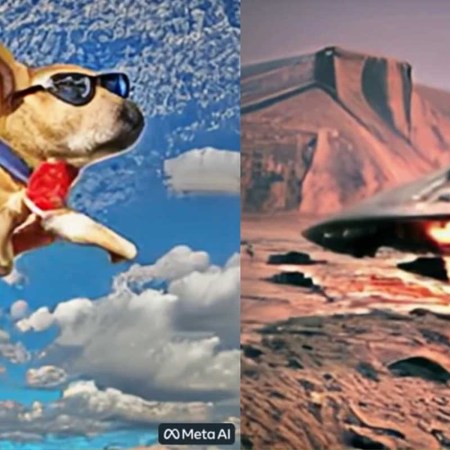
Conservation experts recently claimed that two-thirds of wildlife could be extinct by 2020. And that’s not all that “pie in the sky,” given that most evolutionary biologists estimate that 99 percent of species that once roamed the Earth are now gone. Whether or not any of us will actually be around to witness an animal-less world hasn’t stopped the San Diego Zoo from trying to counteract these claims in real time. The zoo’s solution has a fairly biblical flair to it.
The San Diego Zoo Institute for Conservation Research is home to a modern day “Noah’s ark,” containing the highest concentration of vertebrate biological diversity in the world. With 10,000 living but frozen cell cultures, The San Diego Frozen Zoo is exactly what it sounds like: Some of the animals stored in it are thriving, while others are endangered or extinct. The massive freezer is a database for biological research, with samples sent out to scientists daily. But it may not have achieved its full potential yet: Since that technology to bring back animals from extinction exists, the Frozen Zoo could be the key to making it happen over and over again, ad infinitum, eventually repopulating the world with long-dead species.

It’s a notion begging to be compared to Jurassic Park—but don’t ask Dr. Oliver Ryder about that. As the director of genetics at the San Diego Zoo Institute for Conservation Research, Ryder’s hesitant to even discuss resurrection biology, or “de-extinction,” in an effort to avoid sensationalism. Speaking to journalist Zach Baron, Ryder expanded on the subject to GQ:
“Resurrection. Reanimation. Whatever you want to call it. (Nobody at the Frozen Zoo, nobody anywhere with any kind of serious scientific background, calls it any of those things. If they have to say something, they say de-extinction.) The technology exists. To create clones, basically—to take the still-living cells of a dead animal from a dead species and reprogram those cells into sperm or eggs. To combine sperm and egg. To put that fertilized egg into a surrogate host, which will then give birth. To take what was dead and gone and give it life again. Scientists have done it with a mouse already—siphoned off blood from a mouse’s tail, extracted white blood cells, turned them back into stem cells, built a whole new mouse. ‘It’s been the realm of science fiction, but here we have it, here it’s going to be used and we’re deciding now what we do next,’ Ryder admits grudgingly. ‘Each current generation understands they can’t bring back what was lost, you know? Then they go through their own sense of loss. We can mitigate some of that.’”
Yet mitigating that loss comes with a sense of accepting mankind’s role in that destruction, both to the animals and the planet we share. Some believe that our species should focus on saving ourselves first before we spend millions protecting long-dead creatures. It’s a concept with a deep ideological divide, but the Frozen Zoo and its potential have profound implications for the natural world.
Read the full story on GQ here. Learn more about how the Frozen Zoo works by watching the video below.
This article was featured in the InsideHook newsletter. Sign up now.
























